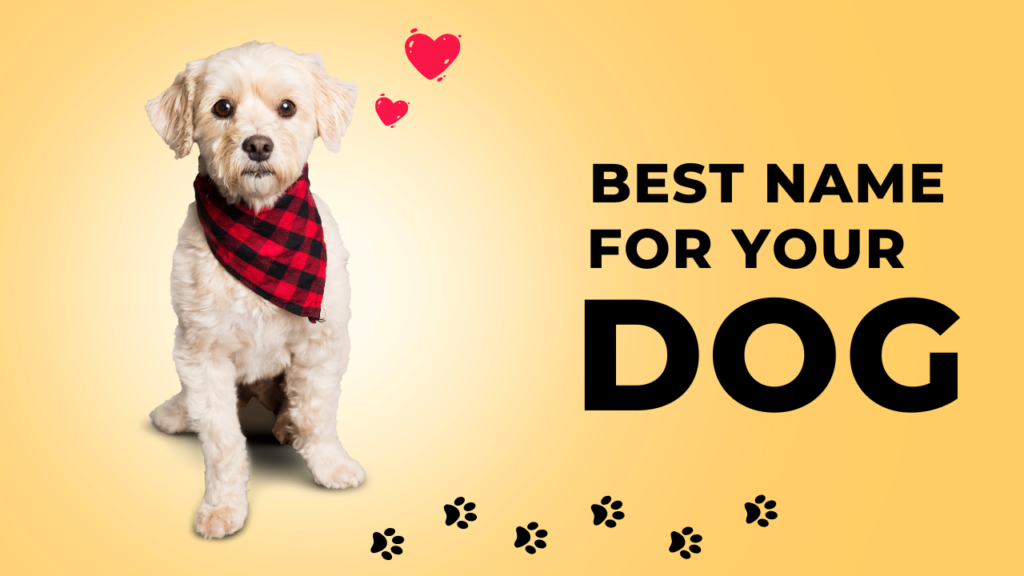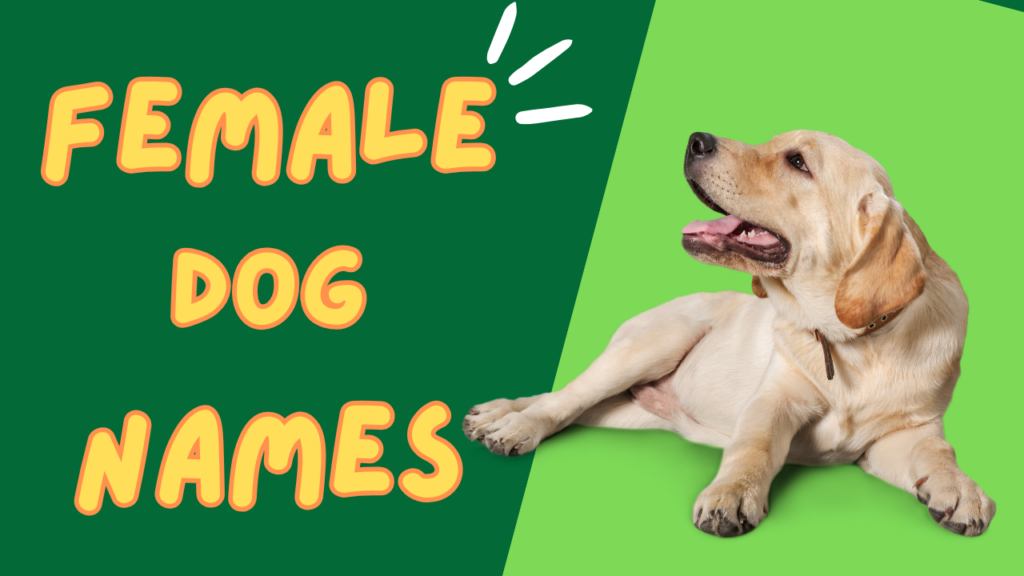The Turkish Kangal Dog, often simply called the Kangal, is a majestic and formidable livestock guardian breed originating from the Sivas region of Turkey. Known for its immense strength, calm temperament, and unwavering loyalty, the Kangal is not just a dog but a national treasure in its homeland. For centuries, this breed has protected flocks from formidable predators like wolves, jackals, and bears—earning a global reputation as one of the most effective and devoted guardian dogs.
Origins and History
The Kangal Dog traces its roots back to the central Anatolian region of Turkey, particularly the province of Sivas. The breed’s name comes from the town of Kangal, where it was selectively bred by local shepherds to guard livestock in the harsh Turkish terrain.
Unlike many other breeds, the Kangal has remained genetically pure, thanks to its geographical isolation and traditional breeding practices focused on functionality over appearance. It is not only a working dog but also a cultural icon in Turkey, often celebrated in local folklore and national pride.
In recent decades, the Kangal has gained international recognition, especially among farmers and ranchers looking for effective livestock protection without aggressive behavior toward humans.
Physical Characteristics
The Kangal Dog is a large, muscular, and athletic breed, built for endurance and power.
Key features include:
- Height: 28–34 inches (males), 26–30 inches (females)
- Weight: 90–145 pounds, with some exceptional males reaching over 150 pounds
- Coat: Short to medium in length, dense and weather-resistant
- Color: Generally light dun or fawn with a distinctive black mask
- Tail: Curled over the back, especially when alert
- Head: Broad with powerful jaws and a pronounced stop
Kangals have a noble appearance and move with a graceful, confident gait, reflecting both strength and agility.
Temperament and Personality
Despite their intimidating size and strength, Kangals are known for their gentle and composed demeanor, especially with their family and flock.
Typical personality traits include:
- Loyal: Deeply bonded to their owners and protective of family and property
- Calm: Not unnecessarily aggressive; they assess threats before reacting
- Courageous: Will confront and deter predators without hesitation
- Independent: Capable of making decisions on their own, especially in open environments
- Reserved with strangers: Not aggressive, but wary of unfamiliar people or animals
Kangals are not suited to typical suburban pet life. They require owners who understand working breeds and can provide a purpose or job, even if it’s simply guarding property.
Livestock Guardian Instinct
The Kangal excels at its traditional role as a livestock guardian dog (LGD). Unlike herding breeds, LGDs like the Kangal don’t drive flocks; instead, they live among the animals and protect them from harm.
Their ability to deter predators comes not just from size, but from their protective instincts, vigilance, and incredible bite force—reportedly among the strongest of any dog breed.
Even when used outside of Turkey, Kangals continue to thrive in agricultural settings across the U.S., Africa, and parts of Europe. In places like Namibia, they’ve been used successfully to protect livestock from cheetahs, reducing human-wildlife conflict.
Exercise and Training
Though they’re not hyperactive, Kangals require daily physical and mental engagement.
- Exercise: Long walks, large enclosed spaces, or work-based tasks (e.g., patrolling)
- Training: Requires early socialization and firm, consistent leadership
- Environment: Thrive in rural or semi-rural settings with space to roam
Kangals do not respond well to harsh training methods. Instead, they need calm, confident handling from someone who understands dominance without aggression. They’re intelligent and learn quickly but may ignore commands they deem unnecessary.
Grooming and Care
The Kangal’s short double coat is relatively low-maintenance.
- Brushing: Once or twice a week, more during seasonal shedding
- Bathing: As needed—Kangals are naturally clean
- Other care: Regular nail trimming, dental hygiene, and ear checks
Due to their size, it’s important to monitor their diet and exercise to prevent obesity and joint issues. Quality food that supports bone and muscle health is essential, especially during their rapid growth phase as puppies.
Health and Lifespan
The Kangal is generally a hardy and healthy breed, with a lifespan of 12–15 years, which is impressive for a large dog.
Potential health concerns include:
- Hip dysplasia
- Entropion (eyelid condition)
- Bloat (gastric torsion)
Buying from reputable breeders who health-test their stock is crucial for long-term well-being.
Is the Kangal Right for You?
The Kangal is a magnificent breed, but not for every household. Ideal for:
- Farmers, ranchers, or property owners needing a guardian
- People experienced with large, working breeds
- Owners who can provide space, leadership, and structure
Not ideal for:
- Apartment or city dwellers
- First-time dog owners
- Homes with low fences or inadequate containment
Conclusion
The Turkish Kangal Dog is a remarkable example of centuries of purposeful breeding and dedication to a working role. With its noble bearing, unmatched loyalty, and powerful guardian instincts, the Kangal is more than a dog—it is a protector, a partner, and a piece of living history. For those who can meet its needs, the Kangal offers unwavering devotion and security.

Andy Parker is a dog lover, writer, and senior editor at BarkPicks. With years of experience covering canine health, training, and gear, he helps pet parents make smarter choices for happier, healthier dogs. Andy shares his home (and heart) with two rescue pups, Charlie and Mia.



